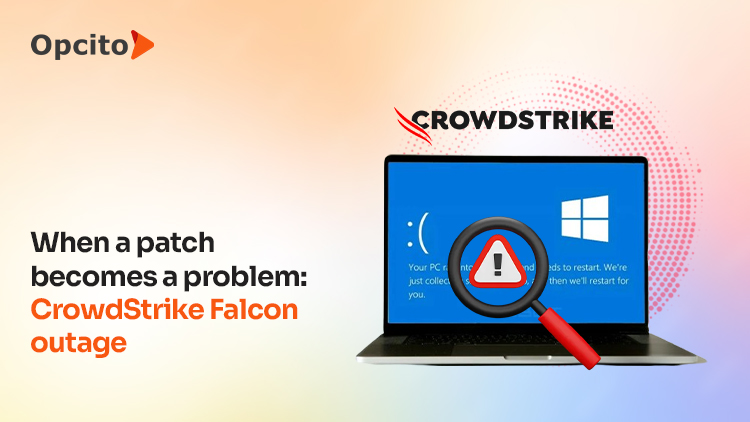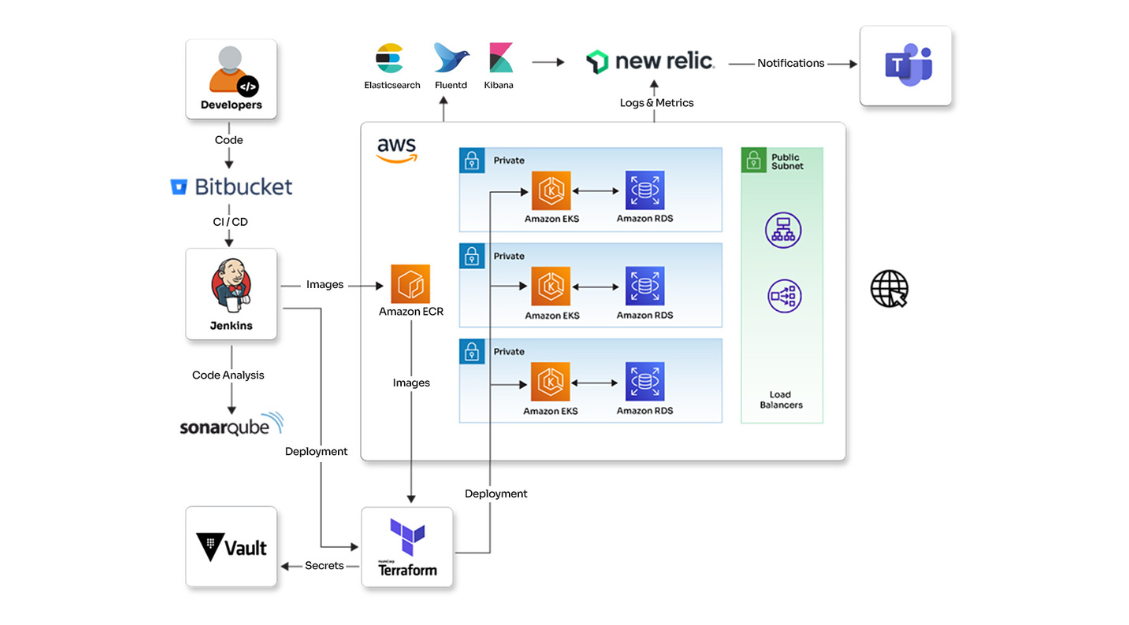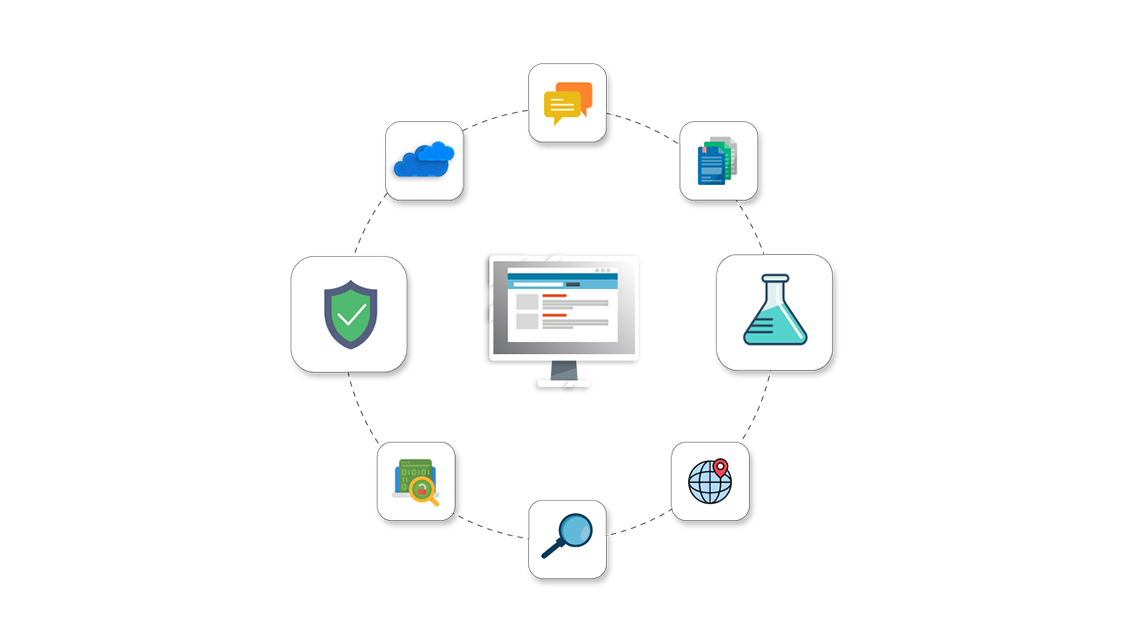Most feature-rich release by Kubernetes - 1.10
Most feature-rich release by Kubernetes - 1.10
Kubernetes 1.10 is here! This is the first major release of 2018 for Kubernetes, which is fast becoming the largest and fastest-growing container orchestration platform. A beta version released on 2nd March provided us a taste of what was coming in the subsequent stable release on 26th March. The emphasis of this release is addressing problems in the key areas- storage, security, and networking plus key features such as the Container Storage Interface (CSI), API aggregation, and added support for hardware devices.
From the CEO’s Desk: Implementing secure DevOps to innovate with confidence
Implementing secure DevOps to innovate with confidence
Security was one of the most talked about terms in 2017, and some of the events such as Equifax, WannaCry, Bad Rabbit, and the Yahoo Bombshell of 2013 exposed the vulnerability of the current IT systems in place. Although most of these events were planned attacks rather than accidents, failure of the security measures taken resulted in the leaking data of millions of individuals and affecting companies with millions of dollars.
Automated RSpec TestOps framework for parallel testing
Automated RSpec TestOps framework for parallel testing
From the CEO’s Desk: Operationalize your SaaS the right way
Operationalize your SaaS the right way
Although the term was introduced at the start of the 20th century, the SaaS market is older than we think. Application as a service, as some of us used to call it, can be dated back to the 1960s, to the times of utility computing. Some of the old-school examples include emails and other messaging services, online office tools, customer management software such as CRMs, ERPs, accounting applications, etc. And now, the popular ones include Zendesk, Office365, Salesforce, Google Apps, Dropbox, Slack, etc.
Custom inventory management using Ansible AWX Tower
Custom inventory management using Ansible AWX Tower
In my first blog of the AWX series, I talked about how to set up auto-scaling infrastructure using Ansible AWX for AWS auto-scaling group configuration and deployment. You can also update existing auto scaling groups as well without touching user data.
Vulnerability scanning and penetration testing automation for multi-tenant web application
See how Opcito enhanced vulnerability scanning and penetration testing automation for multi-tenant web applications
Engagement details
A classic TestSecOps case where a traditional system was secured using Role Based Access Control (RBAC) implementation for discretionary access control (DAC) to restrict system access.
Technologies
- TestOps
- SecOps
Benefits
- Automated detection of any security vulnerabilities in the application
- Simplified remediation process and false positive management
- Ensured business continuity with 24/7 network availability and access to database communications
Subscribe to our feed
From the CEO’s Desk: Increasing importance of cross-functional teams and TestOps
Increasing importance of cross-functional teams and TestOps
Software development lifecycle has come a long way from a linear sequential design approach to an incremental and much more efficient one. The journey from the waterfall model to a more agile meant the teams involved also had to adapt themselves to the changing demands and arrangements. A typical development process involves phases such as requirements gathering, designing, coding, testing, and implementation-deployment phases.
Development redefined with Docker
Development redefined with Docker
Docker is one popular technology amongst people working on containers. And why not, considering the advantages it offers when it comes to portability, isolation, standardization, and choices for programming frameworks? These features make Docker a perfect tool to play around for developers and help clients. In this blog, I am talking about how we at Opcito help our clients to set up a development environment using Docker and Docker Compose.
From the CEO’s Desk: Orchestrating with Kubernetes in Azure Container Service
Orchestrating with Kubernetes in Azure Container Service
The last time I wrote about Azure Container Service, little did I know that Microsoft would be coming up with the container service in the same week, specifically focused on Kubernetes as an orchestrator. Microsoft had already made its intentions clear as to what it wanted as its orchestration expert.
Manage your cloud with ServiceNow
Manage your cloud with ServiceNow
The IT challenge
Cloud has been the hottest commodity for the past two decades now, and everyone is embracing the cloud to stay ahead of the competition. Apart from the inherent advantages, the cloud is turning out to be the most economical way to operate your business. In addition to this, there is an ever-increasing arsenal of services to support the cloud initiatives by giants like AWS, Azure, and VMware. All these services are making it easy to use the cloud even for a layman.










